-

Removal of foreign bodies from the ear and nose
FOREIGN BODY IN THE EAR AND NOSE A foreign body refers to any object that is not naturally present in a specific area of the body. Foreign bodies can be objects that are accidentally inserted or lodged in these areas, causing discomfort, obstruction, and potential complications. FOREIGN BODY IN THE EAR: A foreign body in…
-

HEARING IMPAIRMENT
HEARING IMPAIRMENT Hearing impairment is defined as an impairment in hearing, whether permanent or fluctuating, that adversely affects a person’s ability to hear and understand sounds. It can range from mild to profound. But let’s first see what Hearing means Hearing starts when sound waves traveling through the air reach the outer ear, also called…
-
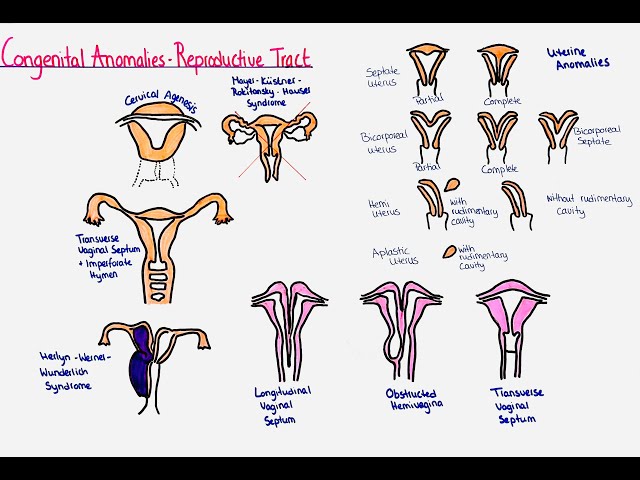
Congenital Abnormalities of the Reproductive Organs
CONGENITAL ANOMALIES OF THE FEMALE GENITAL ORGANS These are developmental abnormalities of the reproductive female organs that occur intrauterine. Congenital abnormalities of the female reproductive tract are developmental abnormalities in the reproductive organs that form in the embryo. Congenital anomalies of the female genital tract result from genetic, environmental, or unknown factors. They can affect…
-
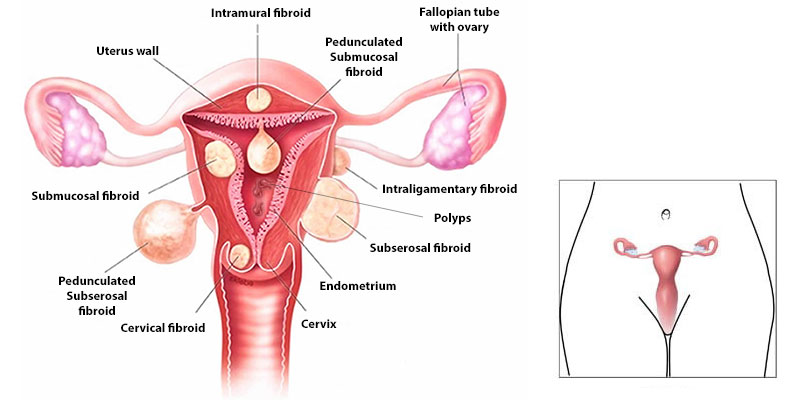
Uterine Fibroids
FIBROIDS (FIBROMYOMAS) Fibroids are benign / non-cancerous tumors that originates from the smooth muscle layer (myometrium) of the uterus. Fibroids are non-cancerous growths in the muscle layer of the uterus (womb). Fibroids are very common. They are also known as myomas. Fibroids can vary in size, from being tiny to being the size of a…
-
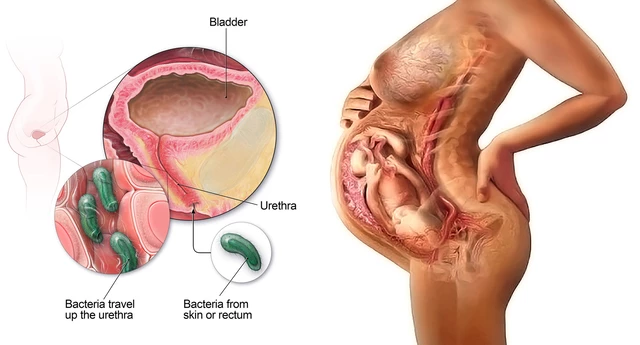
Significance of female urinary system in obstetrics
Significance of female urinary system in obstetrics The female urinary system is important in obstetrics because changes to the urinary tract during pregnancy can increase the risk of urinary tract infections (UTIs) and other complications: UTIs: UTIs are the most common bacterial infection during pregnancy, affecting up to 18% of pregnancies. Hormonal and mechanical changes…
-
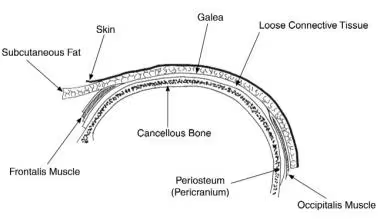
FETAL SCALP TISSUE AND THE ANATOMY OF THE INTERNAL STRUCTURES OF THE FETAL SKULL
FETAL SCALP TISSUE The scalp refers to the layers of skin and subcutaneous tissue that cover the bones of the cranial vault. This is a soft outer covering of the fetal skull. Structure of the Scalp Tissue Consists of five layers. The mnemonic ‘SCALP’ can be a useful way to remember the layers of the…
-
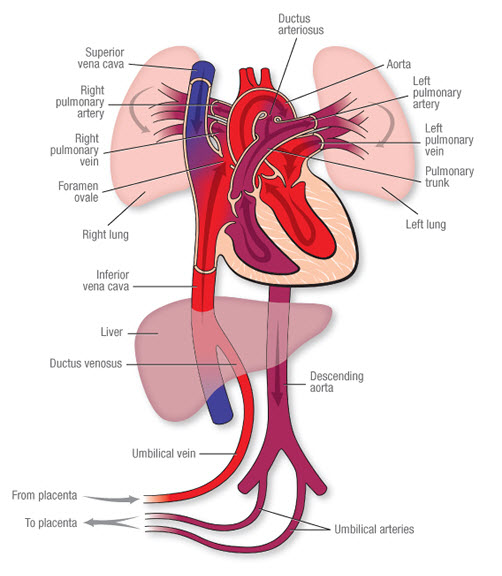
Fetal Circulation
FETAL CIRCULATION Fetal circulation is the process by which a fetus in utero receives nutrients and oxygen from the placenta for growth and development. In utero, the fetus relies on the placenta for respiration, nutrition, and excretion. The lungs are non-functional because they are sealed off by membranes, and blood from the placenta is already…
-
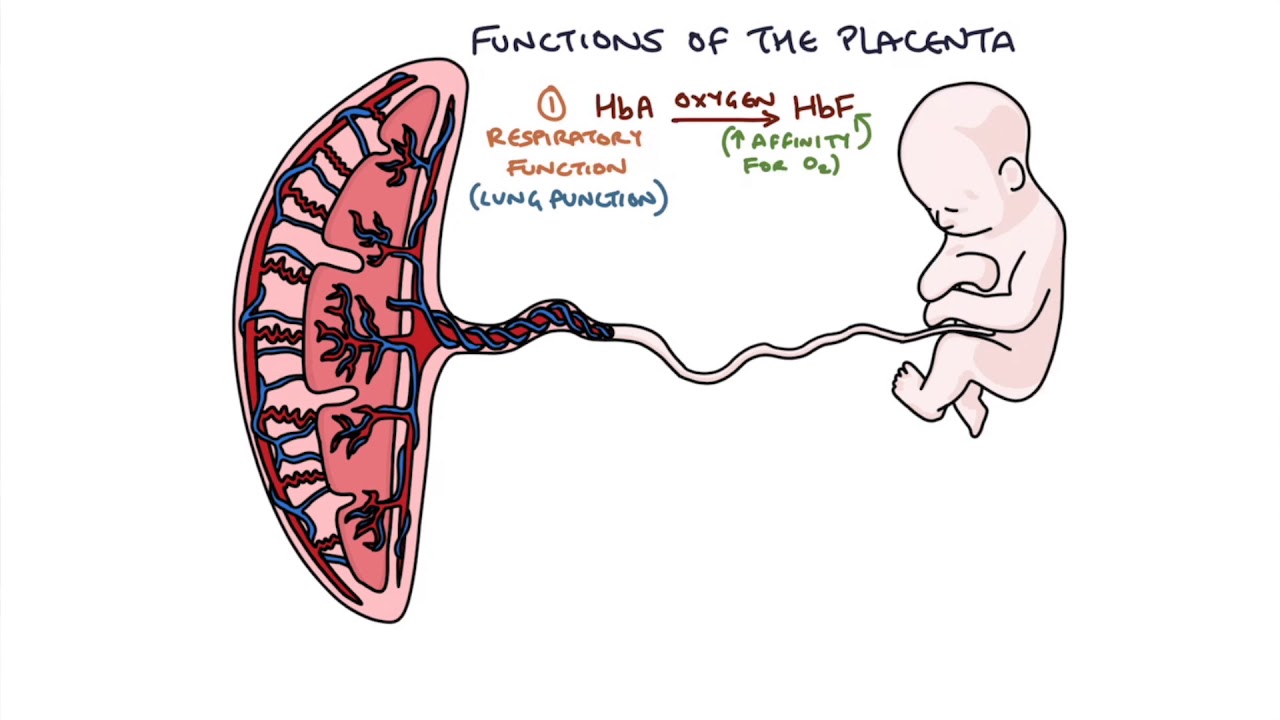
Placenta at Term
PLACENTA AT TERM Placenta is a temporary organ of vital communication between the mother and the fetus. Situation: It is situated in the upper posterior wall of the uterus before the third stage of labour. During the third stage of labour, it separates, descends, and is finally expelled. Shape: It is a flat, round mass.…
-

Fertilization and Embryology
EMBRYOLOGY Embryology is the study of embryo development. This includes the developmental process of a single-cell embryo to a baby. Embryogenesis is the process by which an embryo develops into a foetus. It begins when an ovum and sperm meet and fertilization(the union of the male gamete (sperm) and the female gamete (oocyte) to form…
-
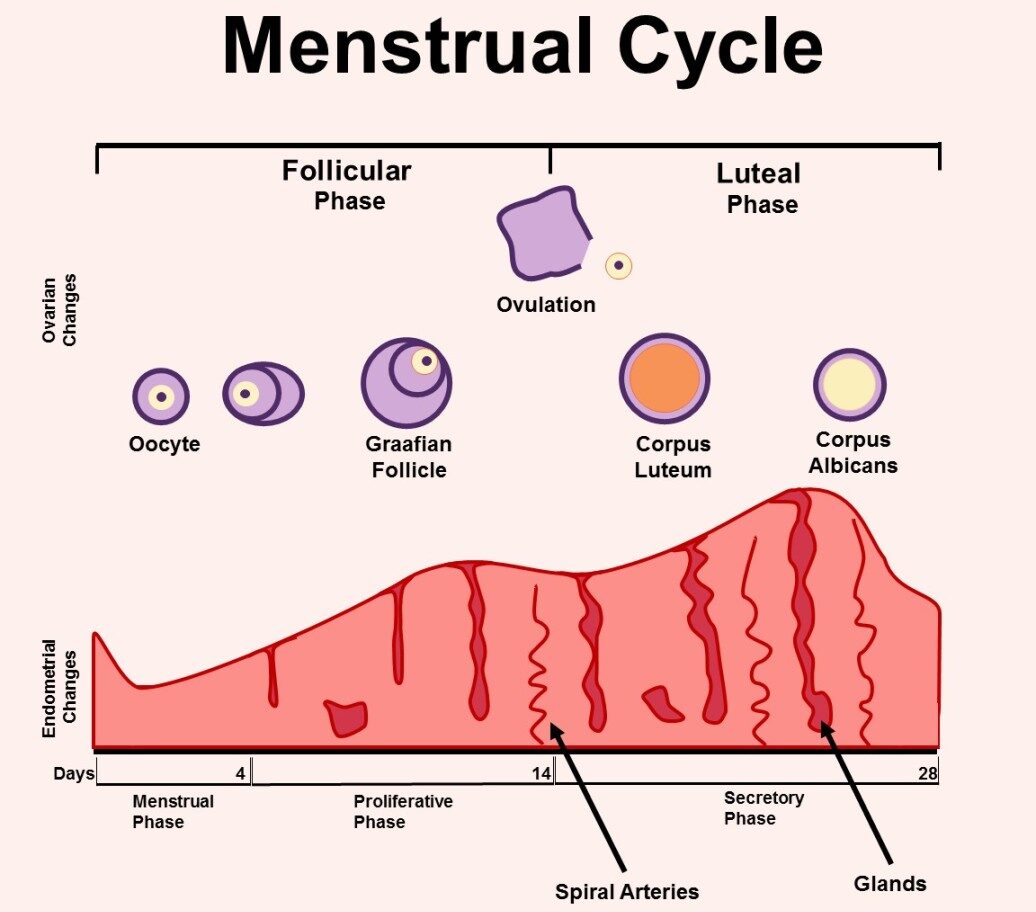
Menstruation Cycle
THE MENSTRUAL CYCLE The menstrual cycle is a sequence of events that occurs every 21-36 days in females after puberty, continuing throughout the childbearing years. Factors that Influence the Menstrual Cycle For a normal menstrual cycle to occur, the following components must be functioning properly: The Hypothalamus: Stimulates the release of luteinizing hormone-releasing hormone (LHRH),…
